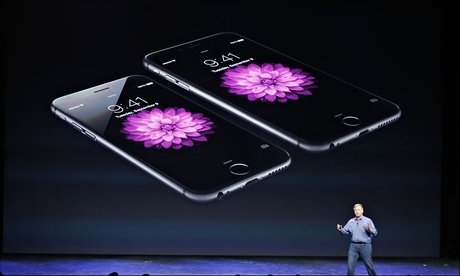
Sandwiched between Apple’s new iPhones and their long awaited watches, Apple made another important announcement on Tuesday evening in the form of Apple Pay. Tim Cook’s ambition is that this new service will replace consumer wallets.
But is his dream achievable? There has been a lot of hype about mobile payments over the last few years, but in reality there has been little success. Google, Paypal, and Square are just a few of the big names that have thrown their hat into the ring, but failed to see their offerings gain traction. For me this begs the question that, if brands such as these with such a loyal following and infinite marketing resources can’t make it stick, is there even a problem to be solved in the first place? After all, paying your restaurant bill with a card is actually pretty easy.
That said, if anyone is going to crack this, surely it will be Apple. They have a long history of taking broken industries with lots of failures and having wild success.
The road will be hard, though. One of the biggest barriers to success is the 98% of physical retailers in the US that won’t be able to accept Apple Pay. First, they will need to upgrade their hardware to accept payments via Near Field Communication (NFC), the same technology behind the contactless payments that are gaining adoption here in the UK. Apple will also face challenges in scaling the service internationally as they will need to broker deals with banks around the world. Not an insignificant task.
But for me, the real interest in Apple Pay lies in three key areas. Firstly, as well as changing the way we pay in real world shops, Apple Pay is also tackling the online payments we make on our mobiles. This is an area that is more clearly broken – typing in long card details on mobile websites is something no one should have to suffer. With Apple Pay, we will finally have a simple way of making mobile purchases. Payment companies like Stripe have already announced integrations with the new service; so merchants will more quickly be able offer this functionality to their customers. And with the huge shift towards mobile web traffic, there is a good chance that this will become the bigger use case for Apple.
Second, and perhaps the most significant element, is what is going on behind the scenes. Apple Pay is being made possible by innovations by the card companies themselves. Basically, they are providing a new way of authorising transactions through a mechanism dubbed “network-level tokenisation” (for those that like to geek out about payments, you can read more here). Once this mechanism is opened up to others, we will soon be seeing similar ways of paying via your Android phone and other mobile devices. If anything, it will be this innovation that will enable a real shift towards a mobile payment world.
Finally, the thought that lingers is that Apple Pay perpetuates the status quo. There is little doubt that if Apple succeeds, they will be improving the payment experience for millions of consumers across the world. However, Apple is adding another middleman into a card network already crammed full of them. By charging the banks for each transaction, Apple is further embedding the structurally high costs associated with accepting payments. For many people, who already struggle with the high costs and complexity of accepting payments for their business, this can only be a bad thing.
Hiroki Takeuchi is chief executive of GoCardless
To get weekly news analysis, job alerts and event notifications direct to your inbox, sign up free for Media Network membership.
All Guardian Media Network content is editorially independent except for pieces labelled ‘Advertisement feature’. Find out more here.

